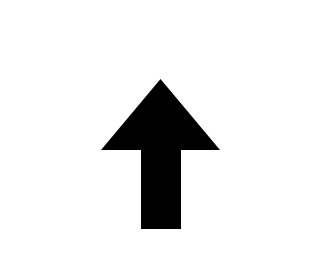Moinas, Sophie and Pouget, Sébastien
and Pouget, Sébastien (2009)
Rational and Irrational Bubbles: an Experiment.
TSE Working Paper, n. 09-045
(2009)
Rational and Irrational Bubbles: an Experiment.
TSE Working Paper, n. 09-045

Preview |
Text
Download (458kB) | Preview |
Abstract
This paper proposes a theory of rational bubbles in an economy with finite trading opportunities. Bubbles arise because agents are never sure to be last in the market sequence. This theory is used to design an experimental setting in which bubbles can be made rational or irrational by varying one parameter. This complements the experimental literature on irrational bubbles initiated by Smith, Suchanek and Williams (1988). Our experimental results suggest that it is pretty difficult to coordinate on rational bubbles even in an environment where irrational bubbles flourish. Maximum likelihood estimations show that these results can be reconciled within the context of Camerer, Ho, and Chong (2004)'s cognitive hierarchy model, and Mc Kelvey and Palfrey (1995)'s quantal response equilibrium.
| Item Type: | Monograph (Working Paper) |
|---|---|
| Language: | English |
| Date: | May 2009 |
| Subjects: | B- ECONOMIE ET FINANCE |
| Divisions: | TSE-R (Toulouse) |
| Site: | UT1 |
| Date Deposited: | 18 Jan 2012 06:00 |
| Last Modified: | 02 Apr 2021 15:36 |
| OAI Identifier: | oai:tse-fr.eu:21929 |
| URI: | https://publications.ut-capitole.fr/id/eprint/3258 |
Available Versions of this Item
- Rational and Irrational Bubbles: an Experiment. (deposited 18 Jan 2012 06:00) [Currently Displayed]




 Tools
Tools Tools
Tools
